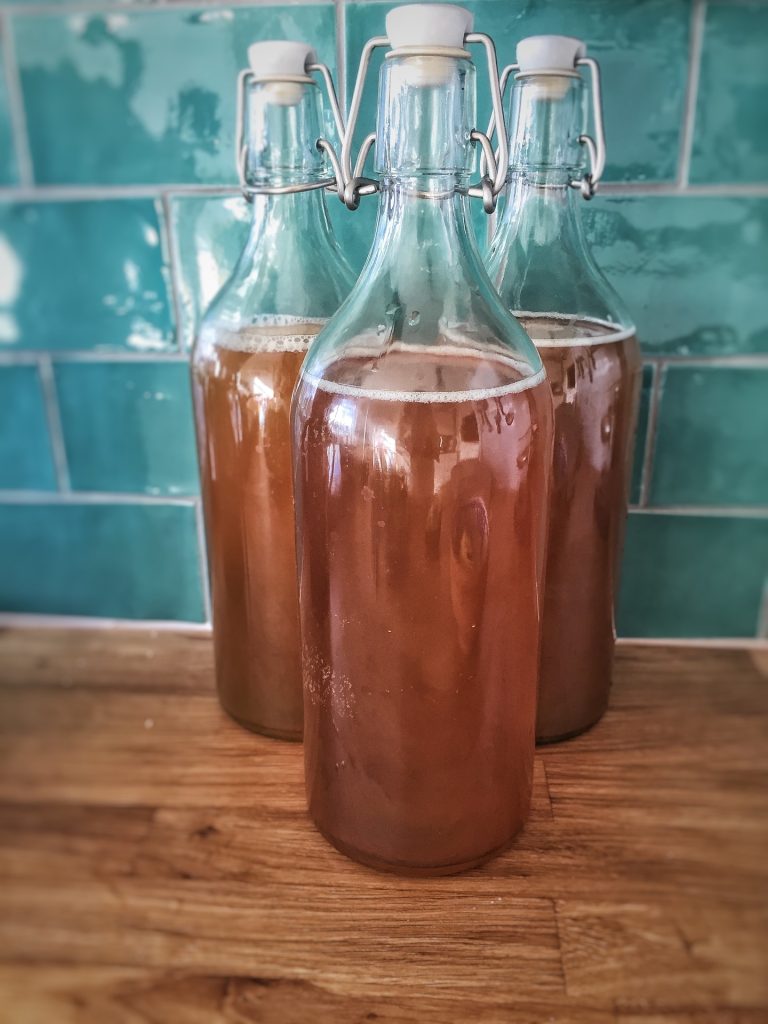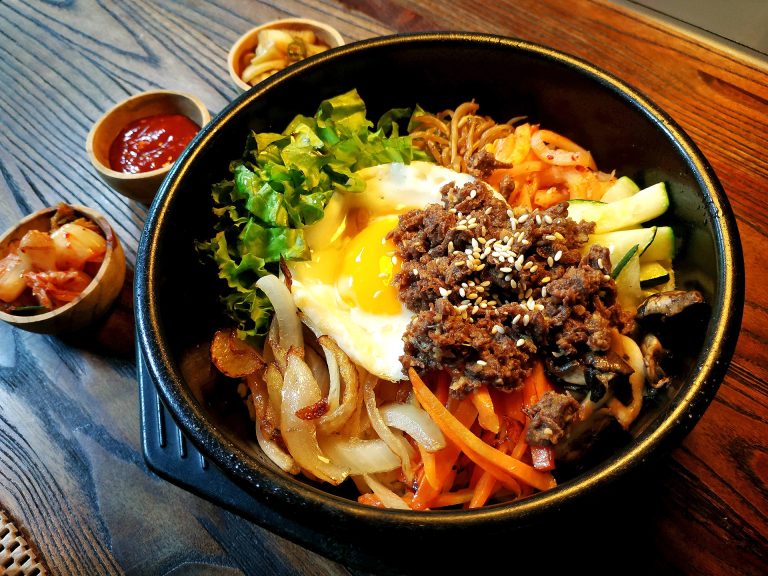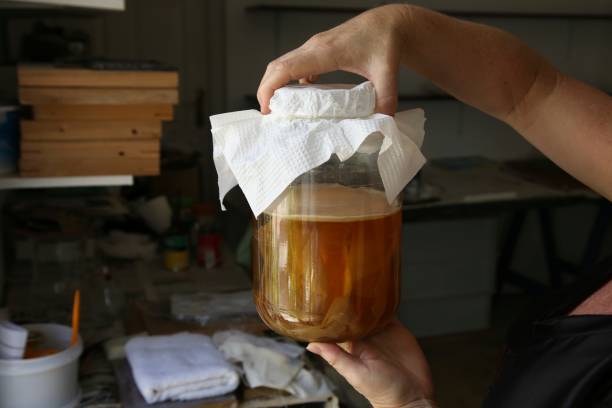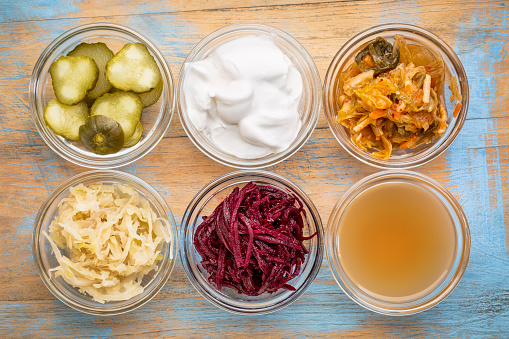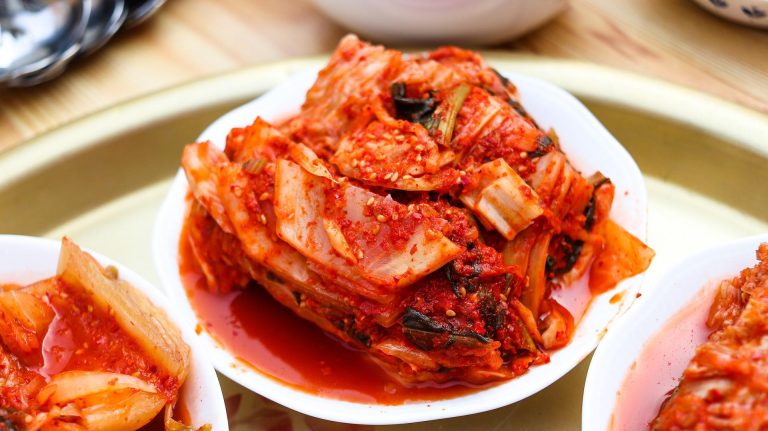What Causes Kimchi to Ferment?
Are you a fan of the spicy, sour, tangy goodness that comes with the Korean dish?
The complexity of the flavors of kimchi is due to the fermentation process that is involved in making it. So what causes the ferment?
Most people know kimchi is made from pickled cabbage and chili peppers but what causes the kimchi to ferment is the bacteria, which multiplies quickly once the kimchi is sliced and stored.
To control fermentation, the kimchi should be refrigerated.
If not, the fermentation process will continue. Refrigerating the kimchi slows down the process of fermentation.
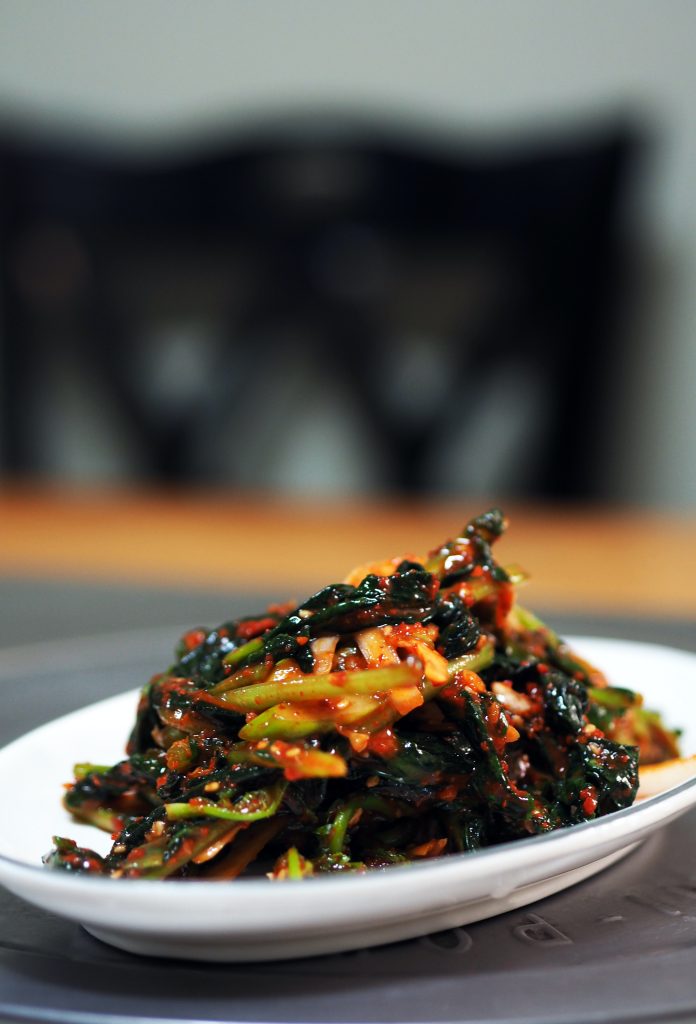
Table of Contents
What Is Kimchi?
The simplest way to think of kimchi is as cabbage. It has a salty taste and a sour taste to it. The smell of the food is strong and it has a very strong flavor.
Korea has a famous dish called Kimchi. When it comes to Korean cuisine, it’s important to include kimchi.
It is the main ingredient in dishes like soup and fried rice and is often used as a side dish.
Napa cabbage, garlic, ginger, gochugaru, salt, and scallions are some of the main ingredients in the Korean dish. It can have other ingredients like fish sauce, shrimp paste, and daikon.
Why Ferment Kimchi?
When vegetables weren’t available during the winter months and appliances like refrigerators weren’t around, the tradition of preserving vegetables with ferment came from.
The fresh and crisp texture of the cabbage can be maintained by Fermenting Kimchi. You can make fresh kimchi as well, but it has a different flavor.
Today, people ferment kimchi for the benefits that come from the good bacteria that conduct the fermentation process.
There are health benefits to consuming these bacteria, like improving gut and digestive health.

How Does Kimchi Get Fermented?
The process of making kimchi is a two-step process:
- Killing off harmful bacteria is the first thing.
- Then it’s time to ferment to let the good bacteria do their work.
The cabbage and other vegetables are salted or brined first. The cabbage is soaked in salt and water solution, which draws the water out of it.
Brining the cabbage helps in preserving it, and also helps the seasoning impart a stronger flavor onto the cabbage since water is a breeding ground for harmful bacteria to grow.
Good bacteria on the cabbage are used to conduct the process of fermentation.
The acidity of the environment is caused by the sugars in the cabbage being converted into lactic acid by these bacteria.
Some avid kimchi makers will add sugar or a starter culture of bacteria to their kimchi to kick start the fermentation process and move it along much faster.
What Microorganisms Are Present In Kimchi?
The process of making kimchi is done by a group of bacteria called lactic acid bacteria. There are many other species, one of which is called the Weisella species.
Lactic acid bacteria convert sugars in cabbage into lactic acid, which is what they are referred to as.
How Long Does It Take Kimchi to Ferment?
Kimchi ferments at room temperature and takes about 1-2 days to ferment. The fermentation process will take more time if the kimchi is not refrigerated.
Conclusion
You’re aware of the basics of kimchi and what causes it to ferment. If you would like to learn more about this delightful Korean cabbage, be sure to check out my other articles!

Foodie and a passionate cook, I am here to share all of what I know about cooking, kitchen, and food prepping.
Follow me for delicious and healthy recipes.

